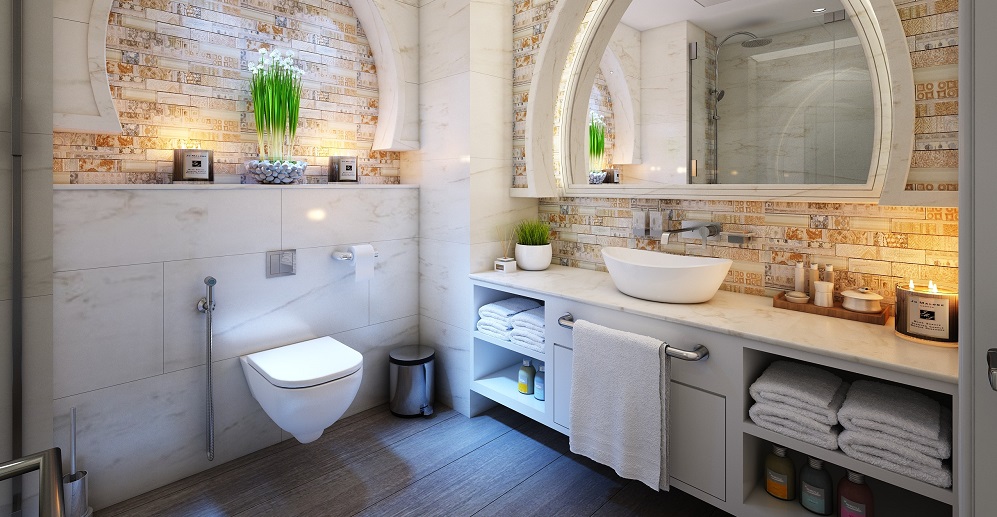There’s virtually no way to have a conversation about poop that isn’t awkward, embarrassing or downright difficult. We all go, but most people — most adults, that is — don’t like to talk about it. The thing is, your poop can offer a wealth of useful information about your health.
What the Color of Your Poop Means
If your stool is brown, that’s a good thing. If it’s brown with just a hint of green, that’s a sign that all is well, too. If your poop scoots further along the spectrum, though, it may denote trouble.
Green
Green poop isn’t necessarily worrisome, but it does mean that food is zipping through your digestive system too quickly. Green stool may also be the result of eating certain foods, especially dark, leafy greens that are high in chlorophyll, such as spinach and kale.
Yellow
If your stool is yellow, it may mean its fat content is too high. It could also be symptomatic of celiac disease or an inability to absorb nutrients properly.
White
Poop that’s white, pale or resembles clay in color is often the sign of a blocked bile duct.
Black
Things start getting more serious if your stool is black in color. While it could just be the result of iron supplements or eating black licorice, it could also point to a bleed in the upper part of your intestinal tract.
Red
Like black stool, red stool may indicate bleeding, only this time it originates from the lower intestine. It could also mean hemorrhoids or simply that you dined on beets, Gatorade or other red food and drink recently.
What the Shape of Your Poop Means
Your stool’s shape is just as revealing as its color, if not more so. In fact, it’s so informative that there’s a scientific scale for it called the Bristol Stool Scale. It identifies seven stool types:
Type 1: Hard Pellets
Small, hard pellets that are difficult to pass mean you’re probably constipated, but it should pass soon (no pun intended.) If you’re still blocked up after several days, however, it's important that you talk to your doctor.
Type 2: Lumpy Logs
This also means you’re constipated. Once again, your discomfort shouldn’t last long, but you can help speed things up by snacking on fiber-rich foods and drinking plenty of water.
Type 3: Cracked Logs
Despite the unappealing description, this is one of the two types of “perfect” poop you want. It should be soft, easy to pass and roughly 2 inches long.
Type 4: Smooth Logs
Stool that is easy to eliminate and resembles a snake or a hot dog is also normal.
Type 5: Soft Pellets
Small, soft pellets that are quick and painless to pass often suggest you need to add more fiber to your diet.
Type 6: Mushy Blobs
If your stool is super-soft and disjointed with jagged edges, it usually means mild diarrhea. Be sure to hydrate to replace lost fluids.
Type 7: Watery Nightmare
You have the runs, a.k.a. diarrhea. This happens when stool races through your digestive tract so rapidly that it never has the chance to form into a solid.
What It Means If Your Stool Floats
Stool that floats typically means one of two things: First, it may mean that it’s high in gas or water content, making it light enough to bob on the surface. Second, it could suggest that your body’s not absorbing nutrients well. Malabsorption like this is usually accompanied by constipation.
If watching your preschool grandchildren play a 14-hour soccer game sounds preferable to talking to your doctor about your bowel movements, you’re not alone. You also need to steel your nerves and have that talk. Stool that’s suspect is almost always trying to tell you something important about your health, and having a tête-à-tête about poop is just another part of the job for your physician.

